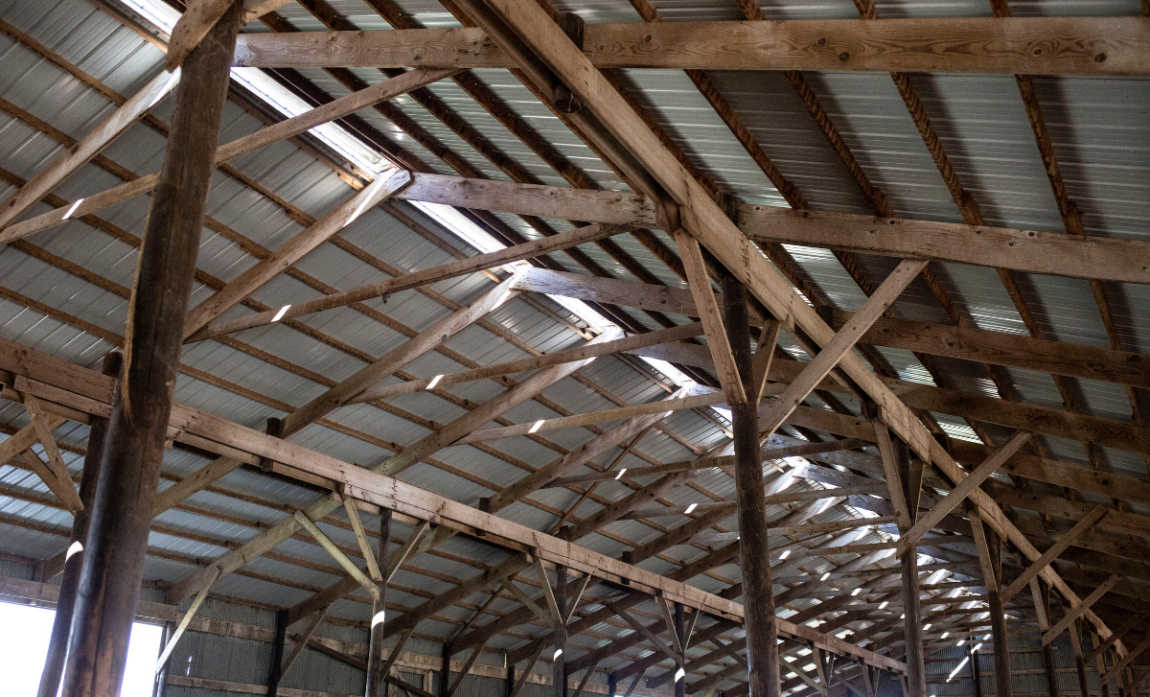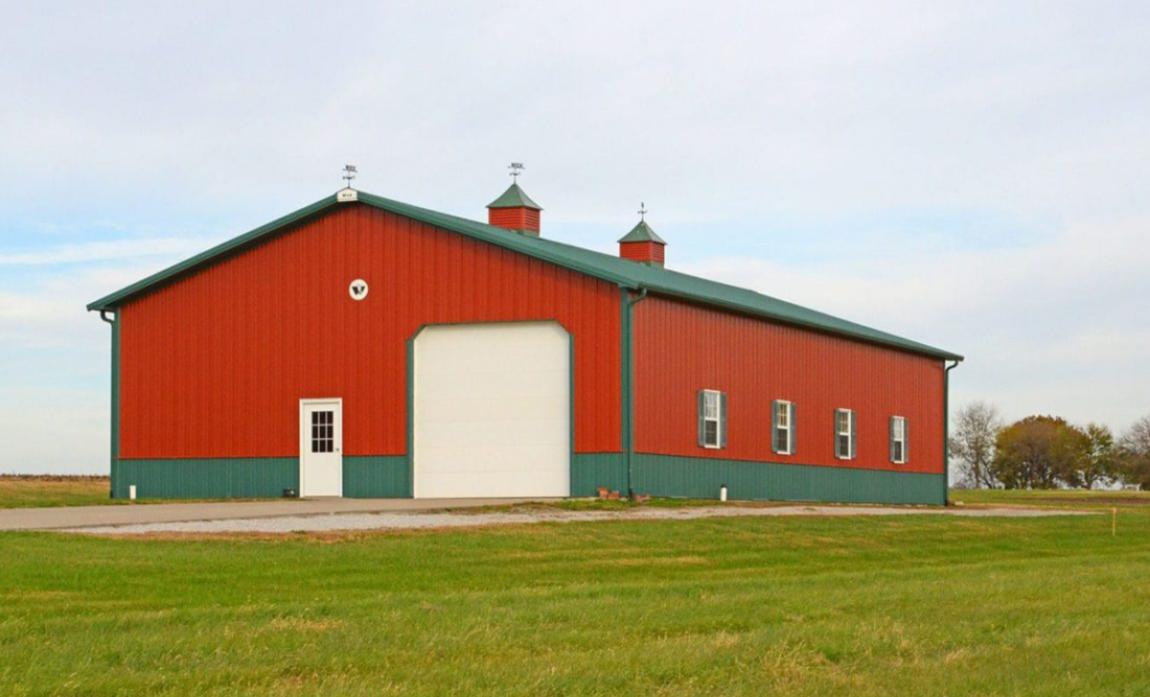A pole barn home, a shop house (or “shouse”), a barndominium—the names may vary but one thing is certain: This alternative type of home is growing in popularity. However, if you’re interested in one mainly because you think it will cost a lot less than a conventional stud-wall house, you should know it’s not that simple.
Yes, in terms of materials, post-frame building techniques, and long-term maintenance, you may be able to achieve a degree of savings. Yet this isn’t necessarily why people choose a pole barn home.
In the following, we’ll first look at the primary cost drivers for a pole barn home and also consider its potential for saving you money. But we’ll then turn to some important reasons why people opt for a pole barn home—reasons that go beyond cost concerns.
Realistically Pricing a Pole Barn Home
Focusing on potential costs is certainly understandable. Just remember that when you envision your new pole barn home, you need to account for everything you’ll want done to make that vision a reality—just like you would for any home-building project.
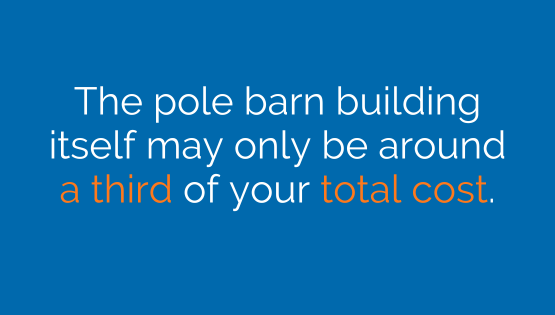
For starters, that likely means you’ll need much more than just the pole barn shell. “For a pole barn home, it’s pretty common for the building itself to only be around a third of your total project cost,” says builder Keith Pinkelman from Lynnman Construction.
Ultimately, when it comes to the cost per square foot for a pole barn home, it will probably be on par with a conventional stud-wall, or stick-frame, home of equal square footage. And this is especially true if you’re imagining a home with a basement and a conventional two- or three-car garage. (We’ll cover this point in more detail below.)
Keeping the above in mind, let’s take a closer look at a pole barn home’s potential cost.
What Goes into the Cost of a Pole Barn Home?
The following is a list of potential cost drivers for a pole barn home project. As you go through it, here are some important questions to keep in mind:
- Which of these will my project require?
- Do I want to do some of the interior work myself, e.g., mechanical, electrical, plumbing, carpentry, fixture installation, etc.?
- Do I want to act as the general contractor for that interior work?
- Do I want a builder to handle everything, aka a “turnkey project?”
Regarding that last question, be aware that many builders prefer to perform work through completion of the building shell only, though some are willing to do turnkey projects.
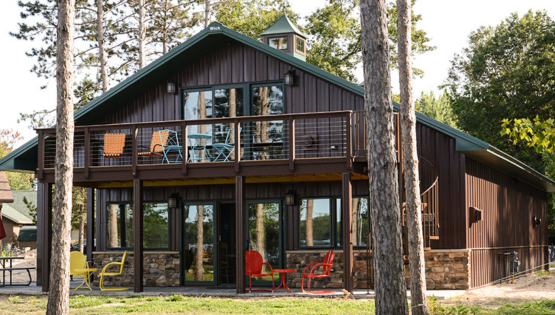
Major Project Components of a Pole Barn Home
- Design and engineering services
- Building materials
- Construction
More specific potential cost sources include:
- Excavation and site work
- Concrete slab forming and pouring
- Well work / Septic work
- Mechanical / Electrical / Plumbing
- Finish carpentry for interior
- Interior walls, flooring, fixtures, and cabinetry
- Landscaping / Concrete flatwork
What’s the Biggest Potential Cost-Saver for a Pole Barn Home?
Now that you have a better understanding of a pole barn home’s possible price, you should know there’s one factor in particular that could save you money on up-front construction costs.
No Basement Requirement
For most Wick Building customers, committing to a pole barn home means committing to building on some type of concrete slab—rather than building on a continuous foundation such as a basement, which is generally a requirement with stud-wall, or stick-frame, construction.
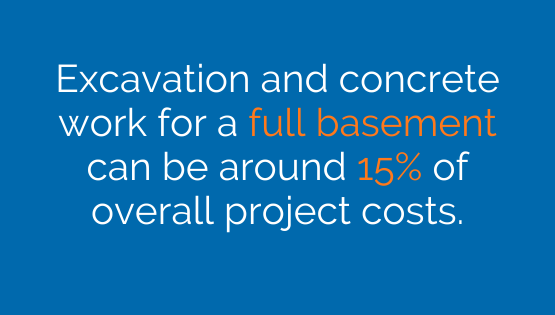
If you’re considering a pole barn home and are super-focused on cutting cost, this point is an especially important one. That’s because the excavation and concrete work for a full basement can be around 15% of overall project costs. In other words, depending on your final square footage, opting for a concrete slab could save you tens of thousands of dollars.
Note that it is possible to build a basement for a pole barn. However, as Dwayne Martin from Martin Building Systems explains, “It’s actually more difficult and expensive to have a pole barn home built over a basement because we can’t get equipment in the building space as easily.”
Why Do People Really Choose a Pole Barn Home?
If you’ve overestimated just how much money you could save with a pole barn home, all is not lost. In fact, you can now better appreciate the following reasons why some people consider a pole barn home an ideal choice. Are any of these reasons compelling to you?
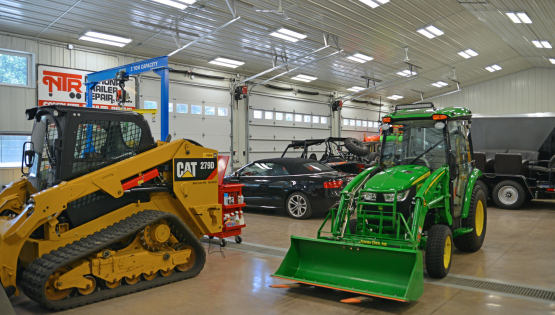
They want to combine a spacious garage, shop, or storage shed with a living space.
Do you like the idea of joining a house with a shop or garage that’s larger than your standard three-car garage (roughly around 1,200 feet)? If so, then you’re a good candidate to be a pole barn homeowner.
Compared to stick-frame construction, the post-frame construction techniques for a pole barn allow expansive, unobstructed spaces to be built much more cost-effectively. One reason for that is the use of clear-span trusses.
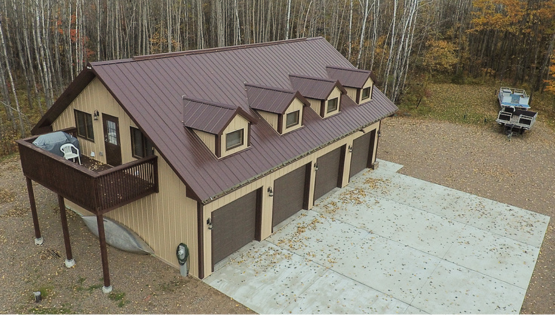
They have the right piece of property.
Rural acreage and other types of non-urban property are generally better suited for a pole barn home. In fact, builder Keith Pinkelman says if you’re really interested in a pole barn home, having an appropriate piece of land is a top priority.
“You don’t typically build one of these sitting in a subdivision with a bunch of other regular stick- built houses in there,” he says.
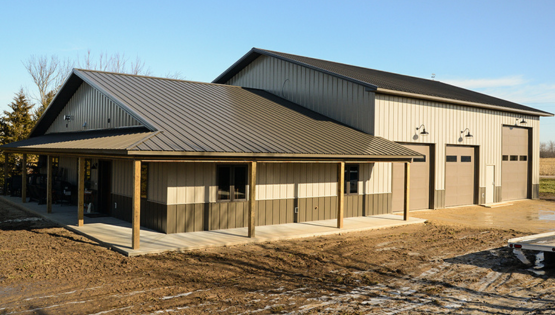
They prefer power-washing to painting, repairing, and replacing.
Just like a conventional stick-frame home, you have a variety of options for the exterior of your pole barn home. However, by choosing steel walls and roofs, which are common exterior features of a pole barn home, you’ll have considerably less maintenance over the long term.
As Wick builder Willie Kimmons explains, “You can power-wash your steel every year or two to keep the metal clean. That’s a lot less hassle and cost than maintaining conventional siding and shingles. And those things will eventually need replacing long before a metal roof and walls.”
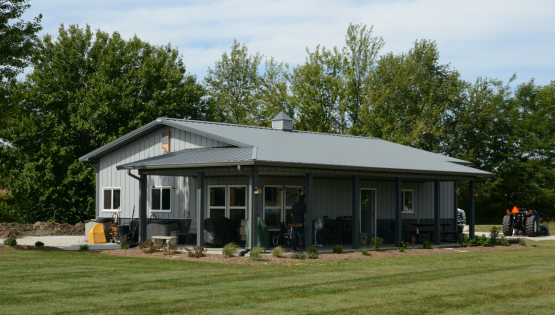
They don’t want stairs (of any kind).
For people who no longer want to deal with a second floor, or a basement, or stairs of any kind, a pole barn home is an excellent option.
Because pole barn construction can be entirely slab-on-grade, your home can easily be a single level. That means you can literally eliminate the need for stairs or step-ups anywhere in your house—and that includes all entranceways, even from your garage into the house. (Note: A pole barn home can have multiple floors if you want.)
They want to build faster.
If faster construction time is a priority, a pole barn home can be a much better option than the piece-by-piece building method required for a stick-frame house. That’s because pole barn home construction involves larger—and fewer—building components. In fact, most of these components arrive on-site prefabricated and are ready to install.
Depending on how fast you can finish the interior, the total construction time can be shortened significantly—think weeks instead of months.
They want to build gradually.
On the other hand, perhaps construction speed (see above) isn’t at all what you’re concerned about. Maybe you want the ability to build gradually. Here again, a pole barn home offers a unique advantage.
“The nice thing about a pole barn home over a stick-built home is you can get an enclosed, watertight building, and then finish your interior at your own pace,” says builder Dwayne Martin.
Is A Pole Barn Home Right for You?
You’ve just learned a lot about the potential costs and benefits of a pole barn home. If you’re serious about building a new pole barn home, we recommend you take our quick survey, which will help you decide what your next move should be!
Take our survey to see if you’re a good candidate for pole barn home. Visit our webpage and scroll down to the survey.

